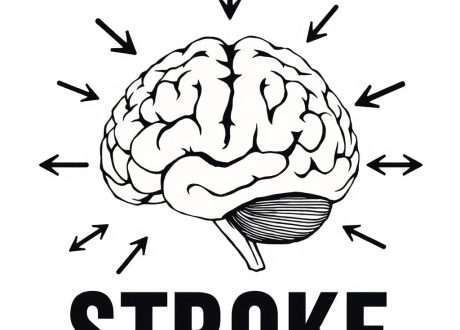- Keita Shibahashi, Taichi Kato, Mayu Hikone, Kazuhiro Sugiyama FULL PDF
- Correspondence to Dr Keita Shibahashi, Tertiary Emergy Medical Center, Metropolitan Bokutoh Hospital, Sumida-ku, 130-8575, Japan; kshibahashi@yahoo.co.jp
Abstract
Background Whether and how bystander cardiopulmonary resuscitation (CPR) modifies the cardiac rhythm after out-of-hospital cardiac arrest (OHCA) over time remains unclear. We investigated the association between bystander CPR and the likelihood of ventricular fibrillation (VF) or ventricular tachycardia (VT) as the first documented cardiac rhythm.
Methods We identified individuals with witnessed OHCA of cardiac origin from a nationwide population-based OHCA registry in Japan between 1 January 2005 and 31 December 2019. The first documented cardiac rhythm was compared between patients who received bystander CPR and those who did not, using a 1:2 propensity score-matched analysis.
Results Of 309 900 patients with witnessed OHCA of cardiac origin, 71 887 (23.2%) received bystander CPR. Propensity score matching paired 71 882 patients who received bystander CPR with 143 764 who did not. The likelihood of detecting a VF/VT rhythm was significantly higher among patients who received bystander CPR than among those who did not (OR 1.66; 95% CI 1.63 to 1.69; p<0.001). Comparing the two groups at each time point, the difference in the proportions of patients with VF/VT rhythms peaked at 15–20 min but was insignificant at 30 min postcollapse (15 min after collapse; 20.9% vs 13.9%; p<0.001). The likelihood of a pulseless electrical activity rhythm was significantly lower in patients who received bystander CPR during the first 25 min postcollapse (15 min after collapse; 26.2% vs 31.5%; p<0.001). The two groups had no significant difference in the likelihood of asystole (15 min after collapse; 51.0% vs 53.3%; p=0.078).
Conclusion Bystander CPR was associated with a higher VF/VT likelihood and a lower likelihood of pulseless electrical activity at first documented rhythm analysis. Our results support early CPR for OHCA and highlight the need for further research to understand whether and how CPR modifies the cardiac rhythm after arrest.










